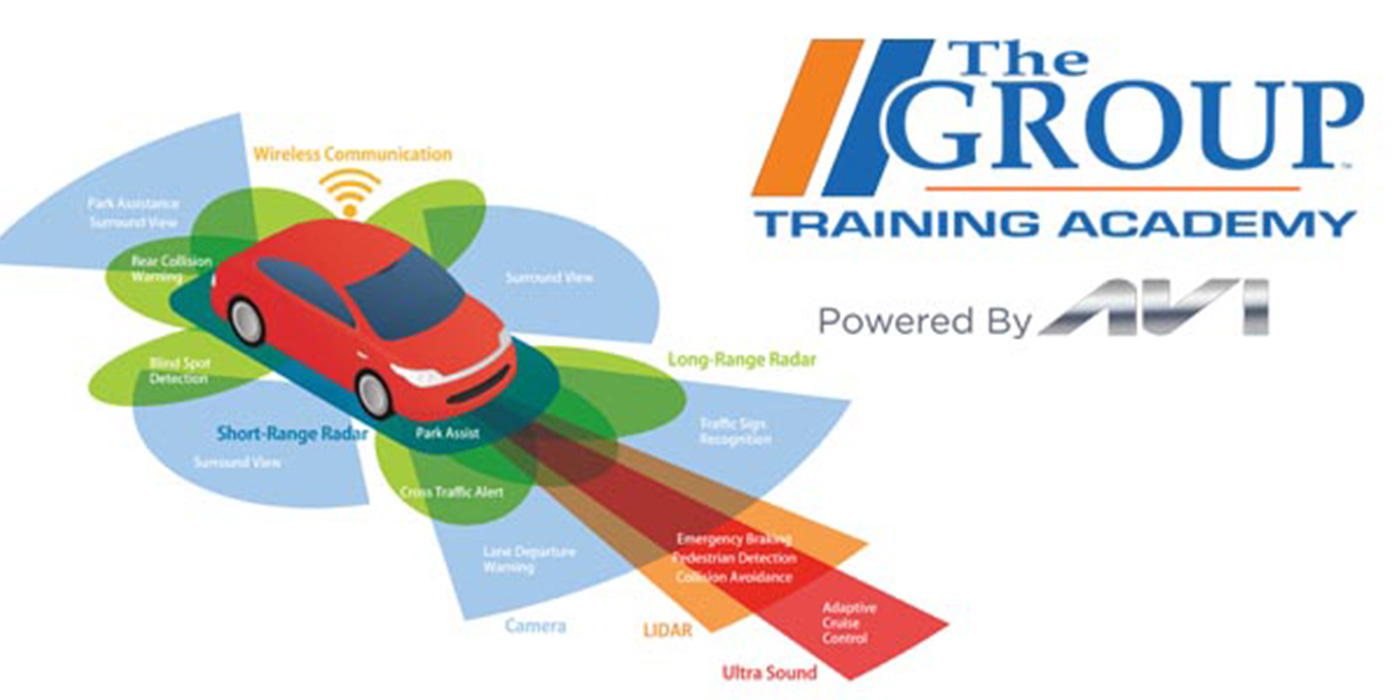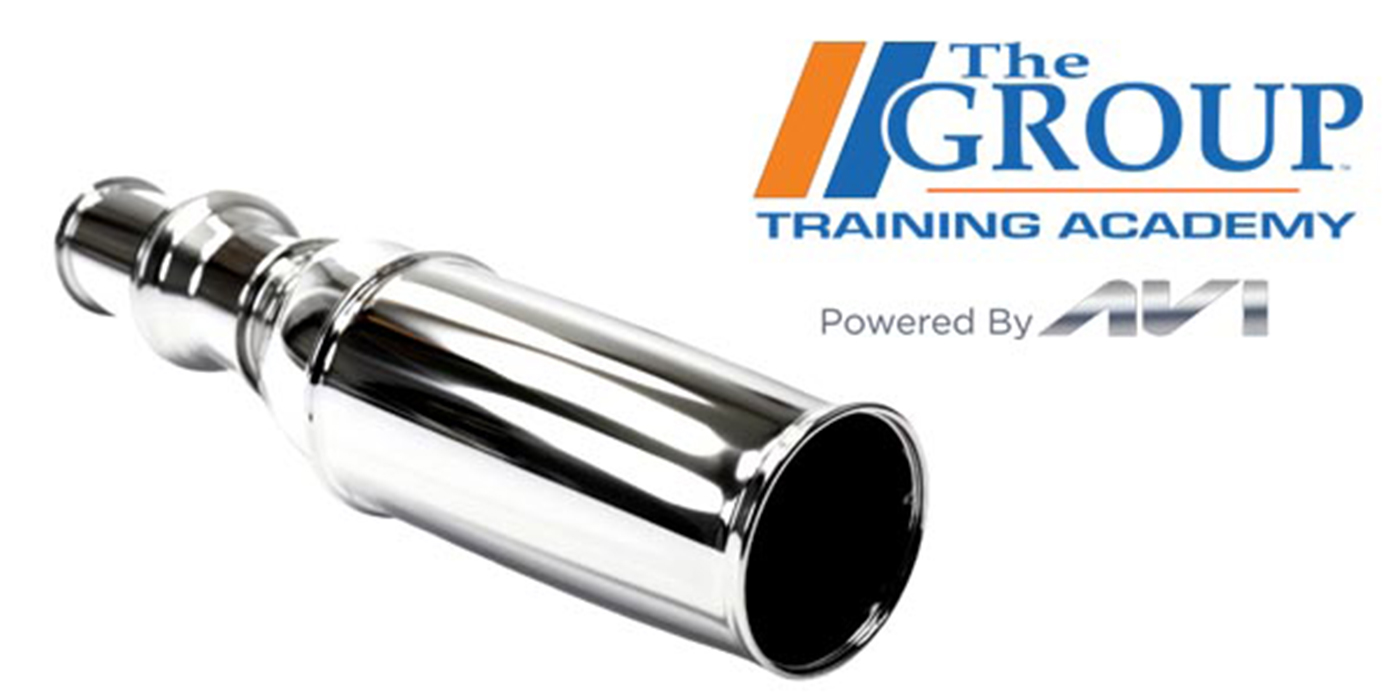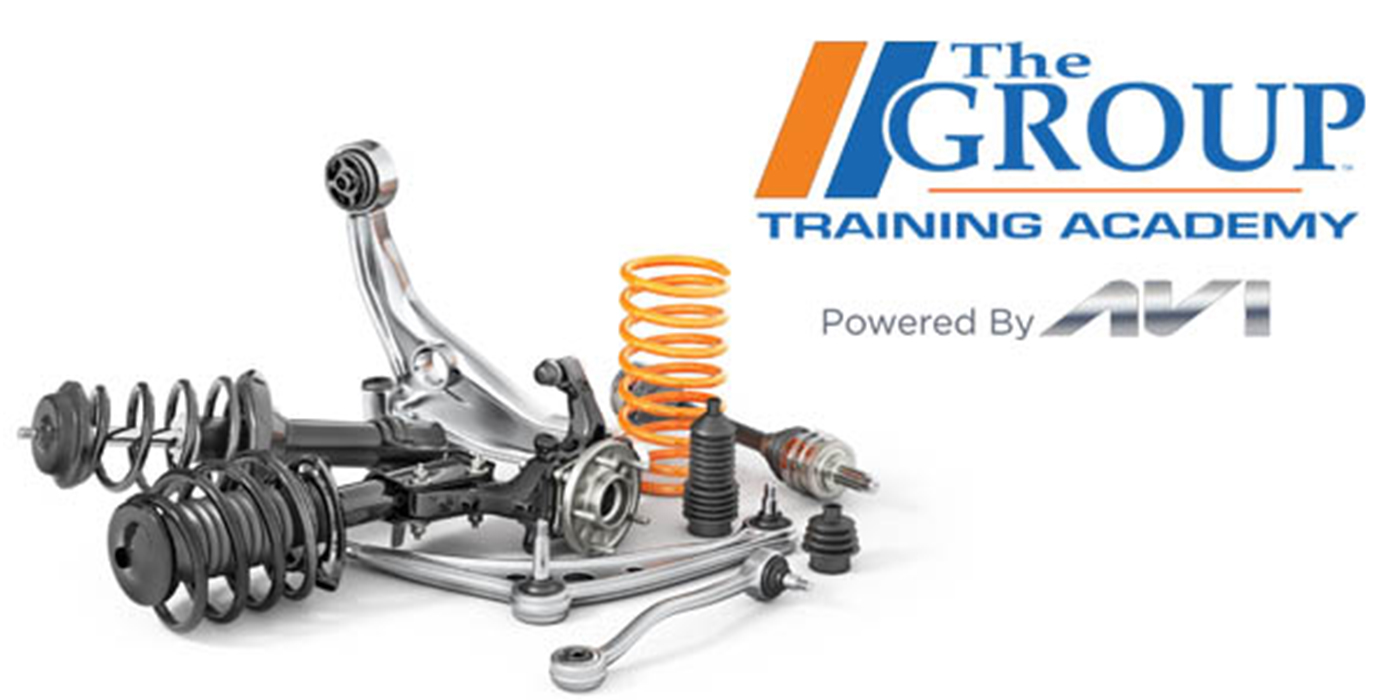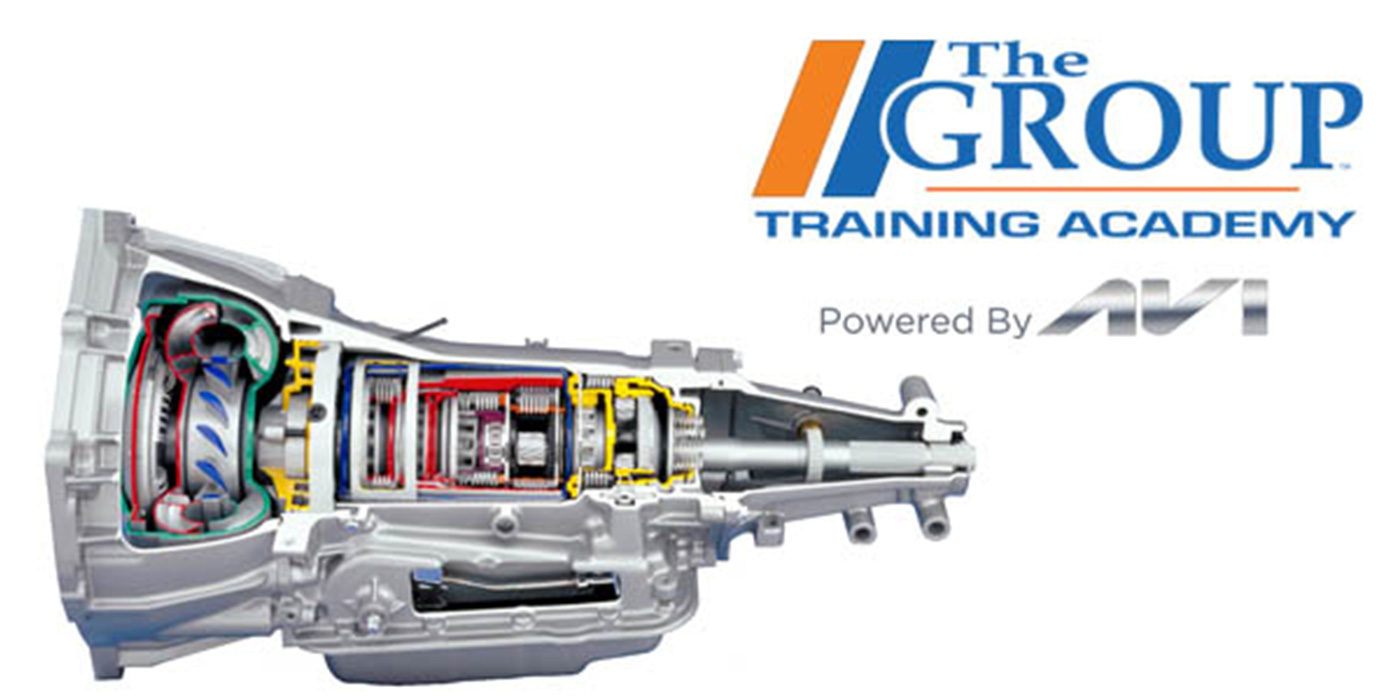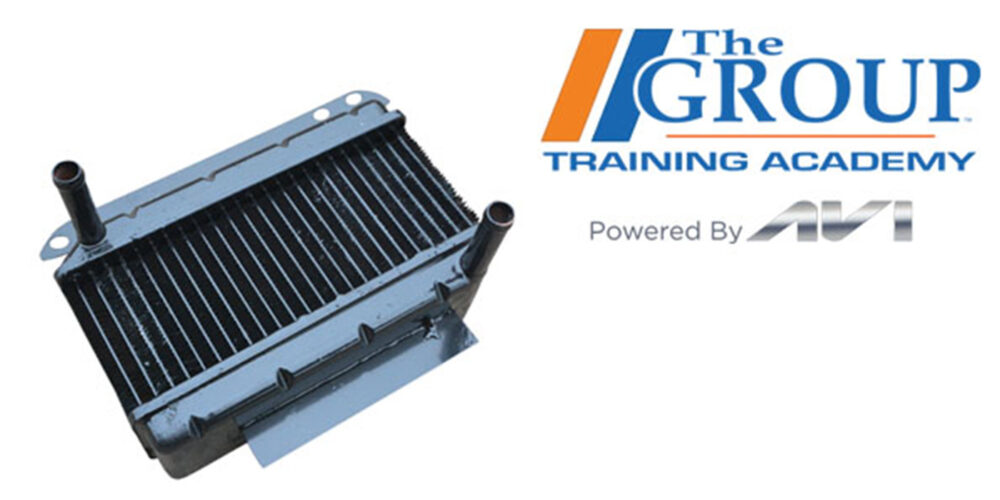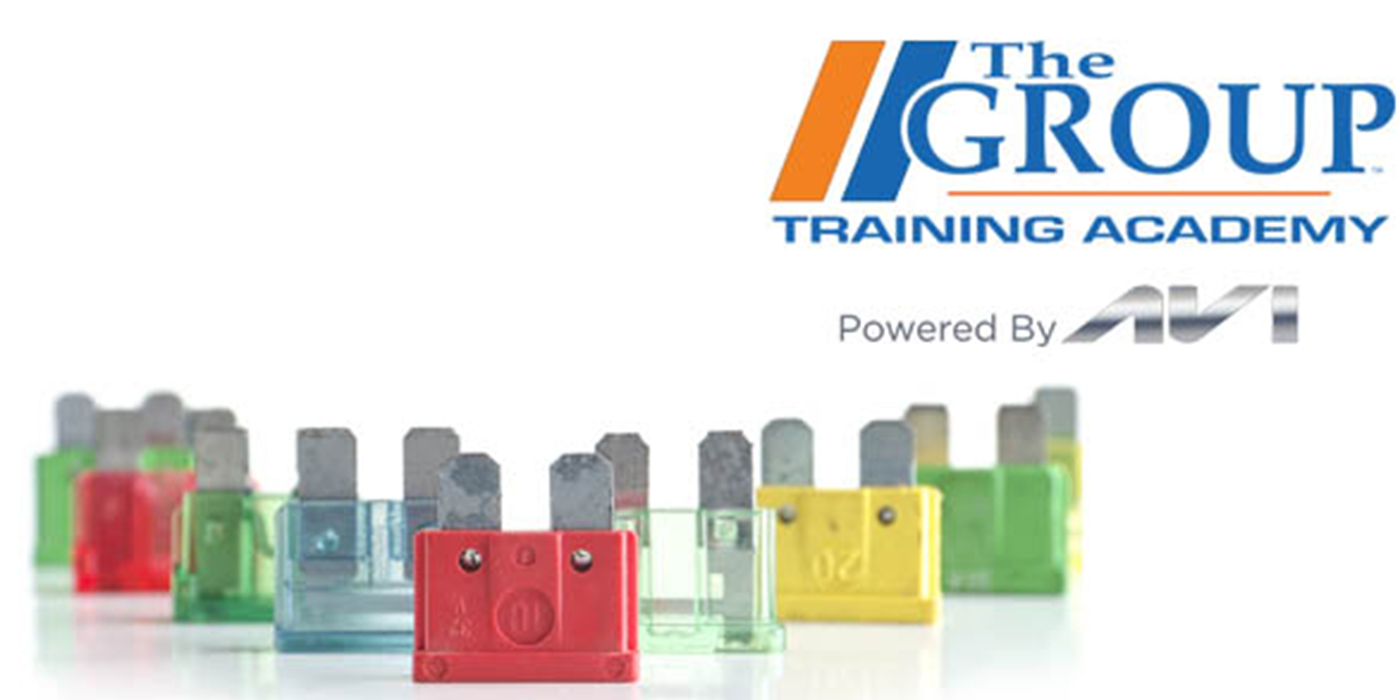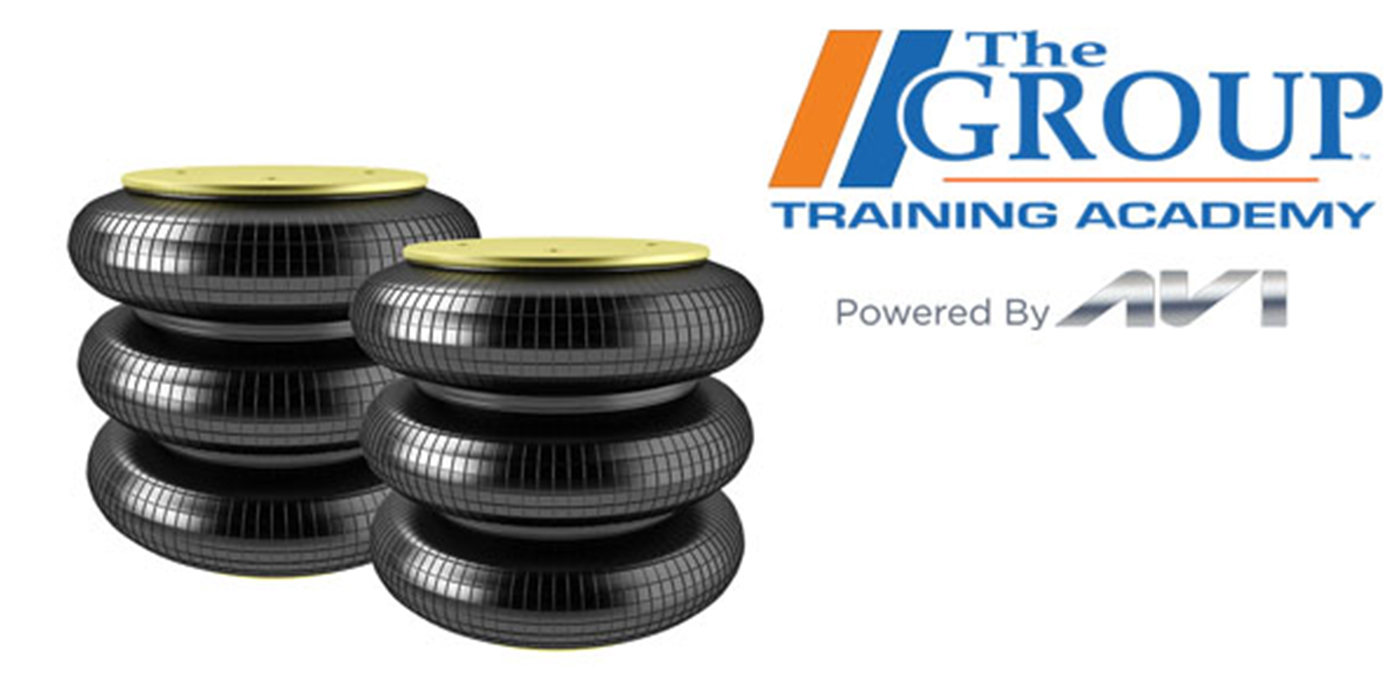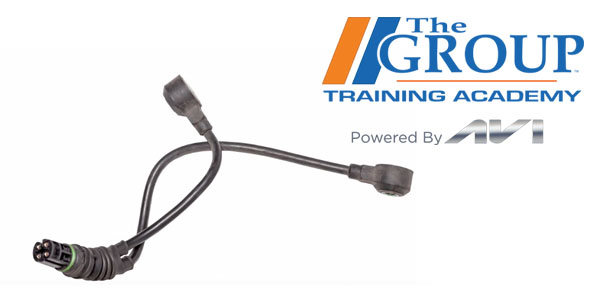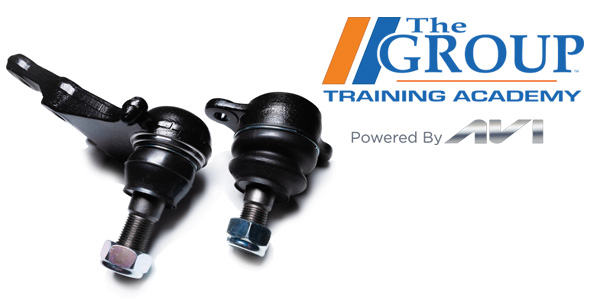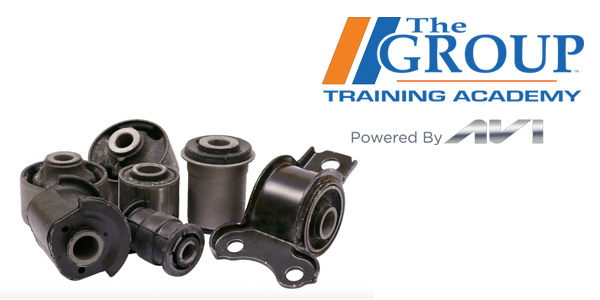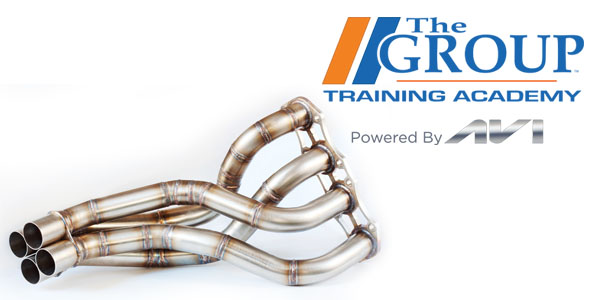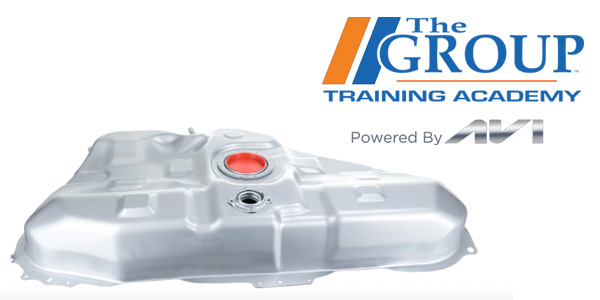From time to time, I’m asked what items should I carry in my car for a safety kit, my parents always insisted I carry a blanket in my car. My mother said it was to keep me warm in case I got stuck in the winter. My father said it was to use under the tires for traction, so I didn’t get stuck in the car. I think this is a simple illustration of why so many different approaches are taken to safety kits. First and foremost, human safety should be at the top of the list. Items that alert other drivers to the presence of an inoperative vehicle are first reflective triangles. Bright colored safety vests and flares are all possibilities. In some cases, just getting away from the vehicle is the best solution, but if it’s a safe place, then these items make the situation much safer.
Fire is always a possibility in a vehicle. Part of every department of Transportation or.safety list includes an approved fire extinguisher. The DOT requires all commercial vehicles to have a fire extinguisher. Having an underwriter’s laboratory rating of five BC or more or two fire extinguishers each with an underwriter’s laboratory rating of four BC or more. The critical decision here is does the driver feel safe trying to fight the fire? If not, the best solution is to always move to a safe location away and wait for the assistance to come from the professionals. Once the safety of the driver and passengers is established, the probable next item is a lighting device. Today, there are many LED options available in compact sizes and configurations. These can be used to help with repair or signaling for help. First aid kits are also a necessity available in many different sizes.
People should choose one that matches their comfort levels with applying the first aid. Depending on the individual’s comfort level with repairs, the next items will vary greatly. Probably the most common item would be jumper cables. This will help in a no start condition. After that, it’s on to the low tire condition. I have never really understood trying to reinflate a down tire on the side of the road, but a small compressor or a can of fix a flat are seen in many roadside kits. Today’s TPMS has helped a lot in this area since most people today are not inclined to change a tire or attempt a repair, the reality is they need to be able to communicate with someone to call for help. Most carry a cell phone today, but sometimes phones need a charge. A small auxiliary power supply for charging could be an order, or at a minimum, a charging device with a cord.
Many power supplies today include a light which can satisfy the lighting requirement we talked about earlier. For colder environments, something to stay warm or even a candy bar can be helpful. Some blankets are even reflective. Giving them double use wheel blocks, assorted tools, and other repair items can be helpful if the driver is inclined to attempt to repair themselves. As we discussed before, the necessary items depend a lot on the driver’s abilities and needs. Safety is always first and should be the first item added to any kit. As a counter professional, it is your job to present the available options to your customer and fulfill the appropriate components. There are many pre-made kits on your shelves and assisting them with the different options can go a long way to ensuring their safety and comfort.
This video is sponsored by the Pronto Network.

